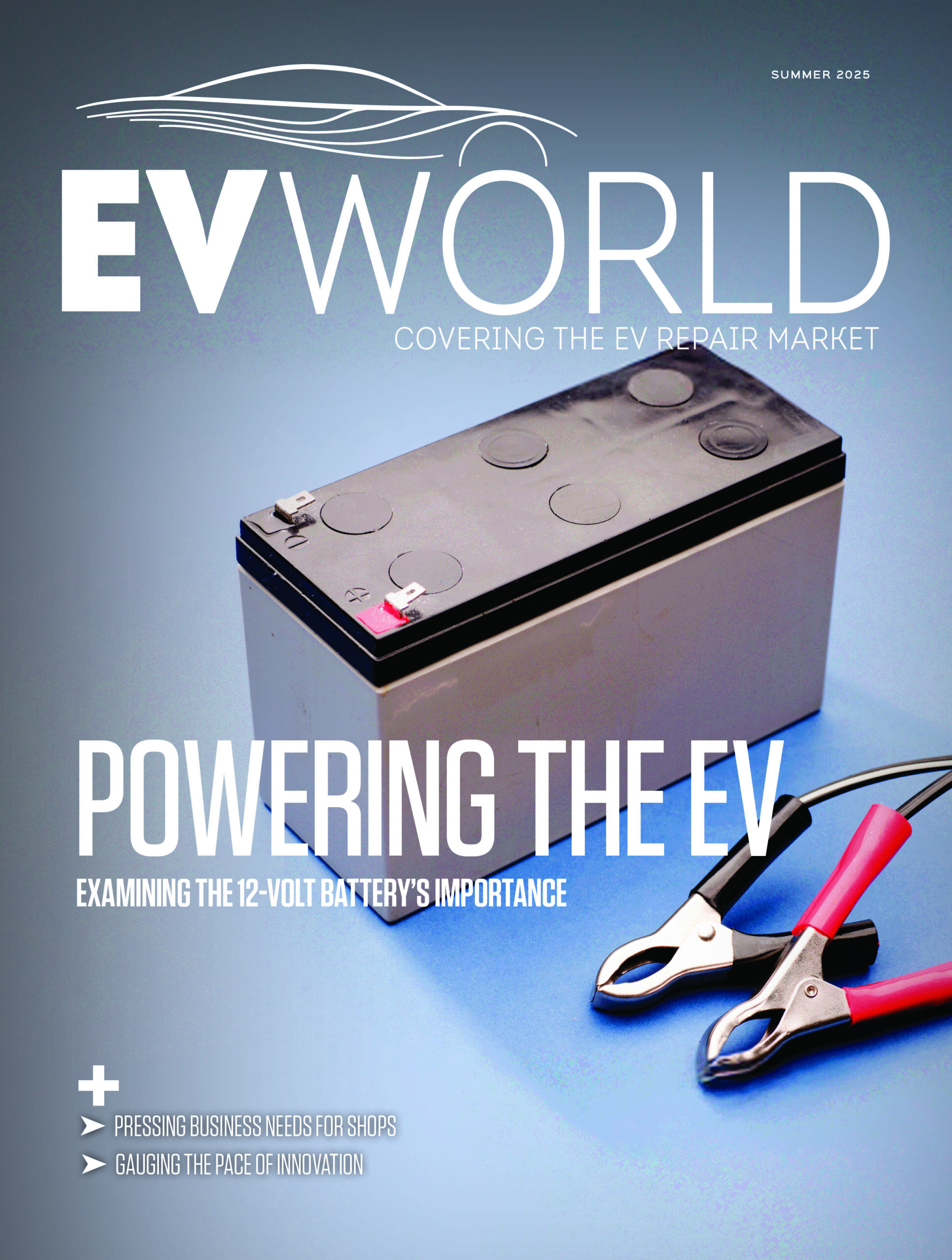
As the Canadian economy navigates a challenging landscape, Canadians are proving to be more savers than spenders, putting their money into savings pots and grappling with high levels of household debt,
During the recent Talk Auto event, Jessica Hinds, director of the Sovereign Group (Economics) at Fitch Ratings delved into the state of the Canadian consumer. She noted that while Canadian housing spending has held up well, up more than 6 per cent since 2019, this is largely a reflection of strong immigration.
When looking at consumer spending per capita, the picture is less rosy, with a 2 per cent decline compared to the pre-pandemic era.
Hinds pointed to the breakdown of Canadian consumer spending, highlighting that the biggest increase has been in “semi-durable goods” — things like clothing, small household appliances and personal care items.
“It’s not this broad-based increase that we’ve seen,” she said, drawing a contrast to the spending patterns observed in the United States.
The reluctance of Canadian households to loosen their purse strings has led to a surge in savings. Hinds noted that the quarterly savings rate rose to 7.2 per cent of household income in the second quarter of 2024, well above the 2.2 per cent average seen in the five years prior to the pandemic.
“So we can think of all of the savings … as excess savings,” he said. “That’s people saving more than they are not historically used to saving.”
However, Hinds cautioned that these excess savings may not necessarily translate into a significant boost in consumer spending. Those who can afford to save are saving.
“These savings have largely accrued to wealthier households, and, on the whole, these wealthier households are much less likely to spend their additional savings. They’re more likely to view them as a store of wealth,” she said.
The high level of household indebtedness in Canada is also a significant headwind to consumer spending and overall economic growth. Hinds noted that the cost of servicing debt has reached historically high levels, with interest payments alone accounting for 9.3 per cent of disposable income.
As the Bank of Canada continues to adjust its policy rates, Hinds emphasized that Canadian consumers will need to adapt to a “structurally higher rate environment,” which will be a challenge given the accumulated debt burden.
Image credit: Depositphotos.com













Leave a Reply